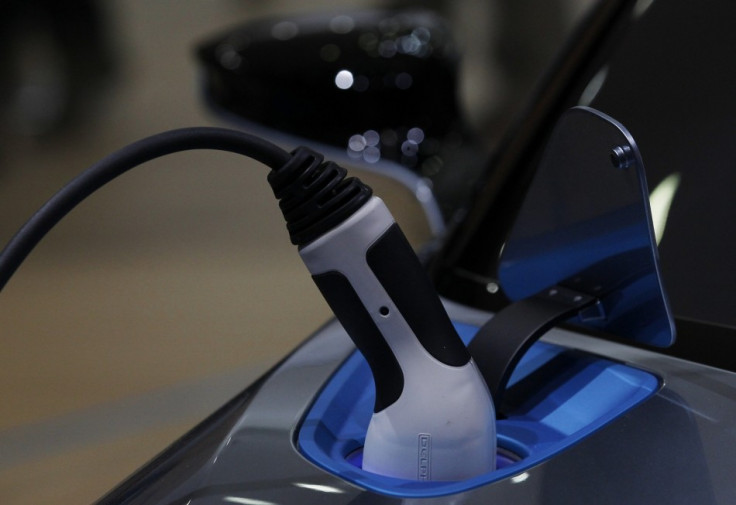Breakthrough for electric cars: Supercapacitors from miracle substance graphene charges batteries in 4 minutes

The problem of limited range has been an important factor curbing the wide-spread adoption of electric cars. But scientists in South Korea have developed a new technology which could solve the problem.
The lithium-ion batteries used in most of the current generation of electric cars have limitations. They are expensive and store insufficient power for the needs of many drivers, requiring frequent top-ups. And when they have to be recharged the charging process is time consuming.
The technological breakthrough could solve these problems. And in the process, Dr Lu Wu of the Gwangju Institute of Science and Technology in South Korea has discovered a new use for the miracle substance graphene.
Strictly speaking the new battery technology uses a supercapacitor, rather than a battery, but both supercapacitors and batteries store electricity. A supercapacitor stores energy on the surfaces of materials in the form of static electricity.
Graphene is a form of carbon which is a single atom thick. It is therefore particularly suitable as material for a supercapacitor, because a small amount of it has a staggering surface area: one gram can cover 2,675m sq.
In theory, graphene supercapacitors could be used to store much more energy per kilogram than lithium-ion batteries.
Dr Lu has managed to produce sufficient quantities of graphene in a form that can be used in a supercapacitor, The Economist reports. First he produced graphite oxide. Next, he heated it to split the graphite into graphene sheets. Then he removed the surplus oxygen. Finally he incorporated the graphene sheets into a supercapacitor.
The supercapacitor worked well. It stored as much energy per kilogram as a lithium-ion battery and could be charged up in less than four minutes. It is likely that a refined version of the supercapacitor will exceed lithium-ion batteries' storage capacities in due course.
The next stage will be to scale up the technology and commercialise it.
© Copyright IBTimes 2025. All rights reserved.





















